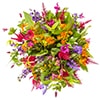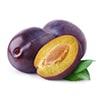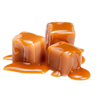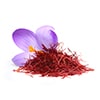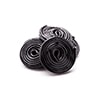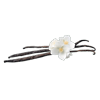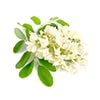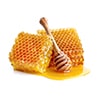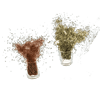
Cognac and Armagnac
Pasquet-Encantada Sample Swap
Cognac meets Armagnac
Here’s an idea: What if a Cognac producer and an Armagnac producer swapped samples and smelled, tasted, and commented on each other’s spirits? Well that’s what we’ve just made happen with our dear producers Cognac Pasquet and Armagnac L’Encantada.
Vincent Cornu at L’Encantada recently visited Jean and Amy Pasquet in Eraville. They swapped bottles, poured a glass for each other, and smelled, tasted, and chatted about the other’s product. Each producer brings his own perspective and professional experience to such a tasting which ultimately leads to a richer, more interesting, and more fun moment. And for us, like you our dear customers, we couldn’t wait to see what comments resulted from such a tasting.
Vincent tasted the brand new Pasquet L’Organic Folle Blanche L.X.III. Cognac (We hear this year’s Folle Blanche LXIII edition is the best one yet!)
Jean tasted the L’Encantada Domaine Cutxan 1997 Armagnac (100% Baco)
Pasquet-Encantada Sample Swap
Cognac meets Armagnac
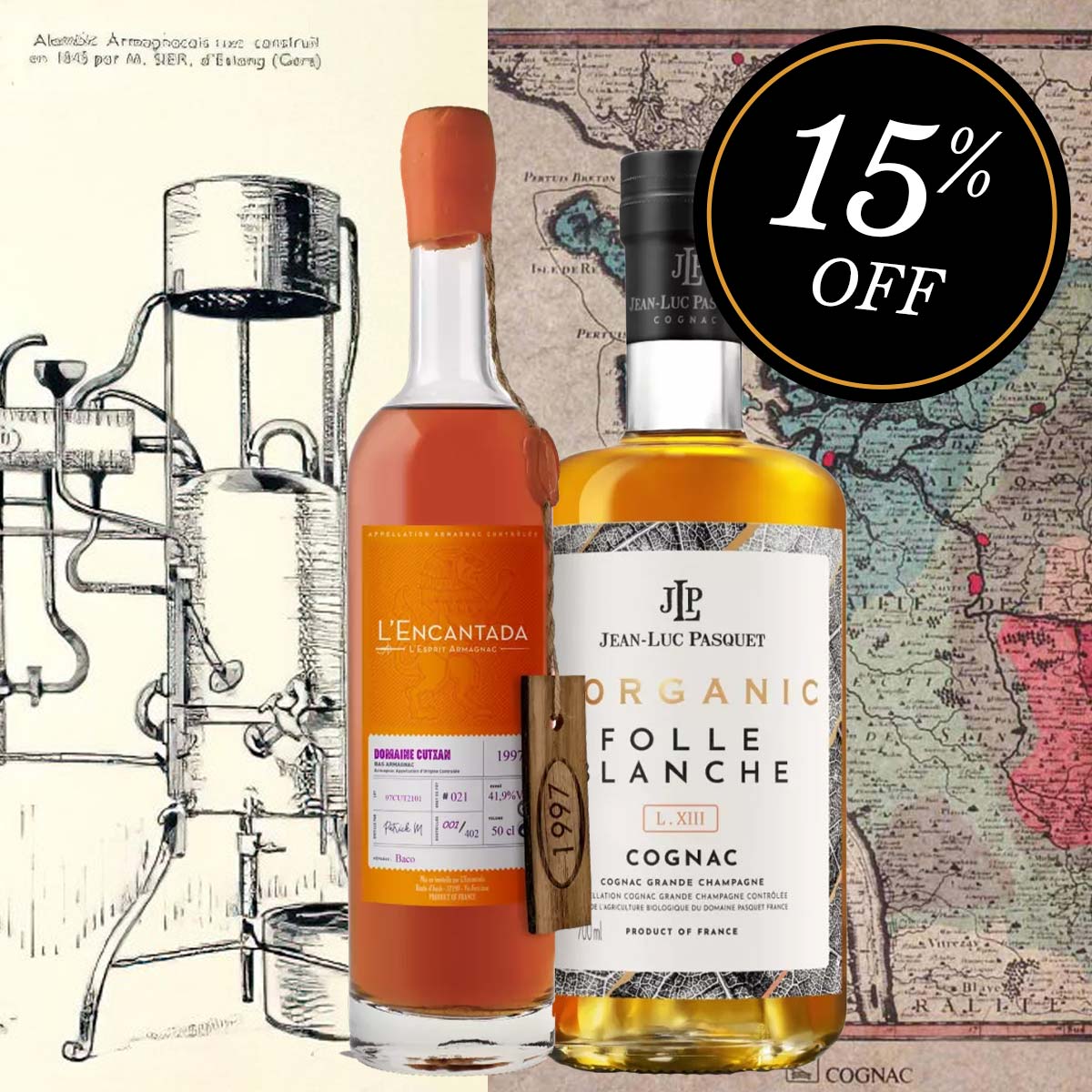

Vincent from L'Encantada (left) and Jean from Pasquet

Reason for choosing
This Cognac-Armagnac bundle provides multiple interesting benefits. It allows you to experience the two spirits, Cognac and Armagnac; compare the grape varieties, Folle Blanche and Baco; taste products from two of the spirits world’s hottest houses, Pasquet and L’Encantada; and compare your notes with those of Jean and Vincent. It’s very rare that spirits producers trade their samples AND openly discuss their impressions for all to see. For that we cannot thank Pasquet and L’Encantada enough.
| Pasquet L'Organic Folle Blanche L.X.III. | L'Encantada Domaine Cuxtan 1997 | |
| Spirit | Cognac | Armagnac |
| Cru | Grande Champagne | Bas Armagnac |
| Grape | 100% Folle Blanche | 100% Baco |
| ABV | 49.6% vol. | 41.9% vol. |
| Countenance | 70 cl | 50 cl |
| Aging & reduction |
|
|

You're carried away by this blend of round, elegant flavors.
Vincent’s comments on the Pasquet Folle Blanche XIII:
At first glance, the Cognac is flattering, with a soft balance and a promising tasting. The spices appear and serve as a common thread in this crossover tasting. Curry, white pepper and a hint of cumin energize the whole. Then, it seems to me that we're on a dry vegetal bouquet, all well integrated with elegant woody aromas.
On the palate, the attack is dynamic and you're carried away by this blend of round, elegant flavors. Spices are always present, ginger appears, but more in a dried ginger style. Cocoa and sandalwood return to the nose. The Cognac journey continues, but it seems to me that we're in pre-mountain Landes foothills, with gentian appearing.
We're in good company, with our Charentaises slippers on our feet and this Folle Blanche XIII in our hands. And it's easy to chat with Jean about the many similarities between our respective products. The finish is silky and supple, with hints of spice and the “gourmandise” of the barrel. The wood will accompany us and balance the whole.

It's an aromatic explosion
Jean’s comments on the L'Encantada Cutxan 1997:
Dark copper color. The first nose takes us by surprise, as we're unfamiliar with Baco: initially a little closed, with woody, slightly waxy notes, then the first fruity scents appear, in small touches. It's the tangy English candy side that we feel and that provokes an initial salivation. Vincent confirms that these are the usual markers of Baco, this amylic side, which are primary aromas coming from fermentation. It's always exciting to rediscover notes that appeared 26 years ago! After the first 5 minutes (maybe 10), Vincent tries to explain to me how the column still works. It's confusing for a Charentais, but extremely fascinating, and I can't wait to go distilling with him ...to be continued. After a good aeration, it's an aromatic explosion. The English candy is confirmed, and the red fruits follow with cherry jam, strawberry and blackcurrant. This is a chiselled Armagnac, which ultimately reveals itself to be very ethereal. Vincent explains that this Armagnac has remained in its original new cask in a rather humid environment, even very humid in winter. I'm beginning to detect some spices, perhaps ginger.
The palate confirms what we have on the nose; I always like it when a spirit retains acidity, and the English candy is there on its slice of cherry/strawberry jam. It's gourmand, the attack is solid despite a degree that could be described as low: 41.9% (Vincent has accustomed us to fairly high ABV). I can confirm that it's ginger, enhancing the gourmandise of the whole.
The finish is long, the tannins docile, and the fruit and acidity leave the palate ready for a second glass. This is a very elegant, fruity, chiselled armagnac: I love it! Thanks to Vincent and Christelle for introducing us to this wonderful selection, we should do this more often.
Thanks to Cognac Expert for bringing us together for this experience.





A Tale of Two Spirits
Cognac and Armagnac: a Comparison
In the heart of France, two distilled spirits have been vying for the palates and affections of connoisseurs for centuries: Cognac and Armagnac. While they may share a birthplace and some ancestral DNA in the form of winemaking traditions, these two beverages tread distinct paths in terms of flavor, method, and global acclaim.
Cognac, often regarded as the crowned jewel of French spirits, hails from the Charente and Charente-Maritime departments. Its silky allure and double-distilled elegance have made it synonymous with luxury and refinement on the global stage. Armagnac is the fascinating cousin from Gascony a few hours down the road from Cognac. Older by tradition, it boasts a robust character, thanks to its single distillation process and the unique pédonculé oak aging method.
However, beyond the taste and technique, how do these spirits compare in the grand tapestry of the market? How has the world embraced them, and what tales do the numbers tell? Dive into the data as we examine their annual sales volumes, delve into their export footprints, and gauge their commercial prowess through the lens of revenue.
Prepare for a journey where history meets modernity, and where two legendary spirits stand side by side, each telling its own rich tale.
COGNAC
Fun Fact
37.9 million bottles evaporate each year. That's not nothing! The "Angel's Share" performs full work. In short: it's the loss of some alcoholic content to the surrounding air.
ARMAGNAC
Fun Fact
Did you know that the history of Armagnac dates back to Roman times, when the region was inhabited by various tribes that were conquered by the Romans. It's probably the oldest spirit in the world.
History Timeline: Cognac vs. Armagnac
12th century

Ancient Origins
As far back as the 12th century, Armagnac was already making its mark in France. It stands proud as one of the earliest wines to be distilled into spirit in the world, showcasing France's long-standing heritage and history.
14th century

Medicinal Elixir
During the 14th century, the benefits of Armagnac weren't just limited to its exquisite taste. Ancient manuscripts, such as the alchemical text "To Make Gold," highlighted its therapeutic properties, recommending it for various ailments.

Double Distillation Birth
The 16th century was pivotal for Cognac. It was during this period that the unique double distillation process was established, giving Cognac its distinct smoothness and layered complexity.
16th century

Distillation Evolution
The 16th century witnessed a significant leap in Armagnac's production quality. The introduction of the continuous still refined the distillation process, leading to a spirit that better captured the essence of the Gascony region.

Global Ascent
Cognac's appeal soon transcended French borders. By the 17th century, its remarkable ability to maintain quality over long voyages made it a favorite in England and Holland, cementing its international reputation.
17th century

Crisis & Recovery
The 19th century's Phylloxera epidemic posed a monumental challenge. With vineyards at stake, producers turned to innovative grafting techniques, using American rootstocks to resist the pest, ensuring Cognac's survival and subsequent flourishing.
19th century

Vineyard Crisis
Armagnac's journey wasn't without challenges. The Phylloxera crisis in the 19th century ravaged its vineyards, drastically impacting its production. It took resilient spirit-makers and innovative techniques to rebuild and recover.

Luxury Emblem
The aftermath of WWII brought a renaissance for Cognac, especially in the US. Its association with high society, celebrities, and luxury events transformed it from just a spirit to a cultural emblem.
20th century

Global Rediscovery
The 20th century ushered in a renewed global interest in Armagnac. As spirits enthusiasts worldwide sought authenticity and traditional crafting methods, Armagnac emerged as a genuine treasure of France.

AOC Assurance in Cognac
In 1936, Cognac achieved a monumental milestone when it was officially recognized as an “Appellation d’Origine Contrôlée” (AOC). This status was not merely a label; it was an acknowledgment of Cognac's unparalleled quality and its deep-rooted heritage.
1936

AOP Standards in Armagnac
In the 1940s, to preserve the integrity and authenticity of Armagnac, AOP (Appellation d'Origine Protégée) regulations were firmly put in place. These standards guaranteed that every bottle bore the genuine soul of Gascony.
12th century

As far back as the 12th century, Armagnac was already making its mark in France. It stands proud as one of the earliest wines to be distilled into spirit in the world, showcasing France's long-standing heritage and history.
14th century

During the 14th century, the benefits of Armagnac weren't just limited to its exquisite taste. Ancient manuscripts, such as the alchemical text "To Make Gold," highlighted its therapeutic properties, recommending it for various ailments.
16th century

The 16th century was pivotal for Cognac. It was during this period that the unique double distillation process was established, giving Cognac its distinct smoothness and layered complexity.

The 16th century witnessed a significant leap in Armagnac's production quality. The introduction of the continuous still refined the distillation process, leading to a spirit that better captured the essence of the Gascony region.
17th century

Cognac's appeal soon transcended French borders. By the 17th century, its remarkable ability to maintain quality over long voyages made it a favorite in England and Holland, cementing its international reputation.
18th century
19th century

The 19th century's Phylloxera epidemic posed a monumental challenge. With vineyards at stake, producers turned to innovative grafting techniques, using American rootstocks to resist the pest, ensuring Cognac's survival and subsequent flourishing.

Armagnac's journey wasn't without challenges. The Phylloxera crisis in the 19th century ravaged its vineyards, drastically impacting its production. It took resilient spirit-makers and innovative techniques to rebuild and recover.
20th century

The aftermath of WWII brought a renaissance for Cognac, especially in the US. Its association with high society, celebrities, and luxury events transformed it from just a spirit to a cultural emblem.

The 20th century ushered in a renewed global interest in Armagnac. As spirits enthusiasts worldwide sought authenticity and traditional crafting methods, Armagnac emerged as a genuine treasure of France.
1936

In 1936, Cognac achieved a monumental milestone when it was officially recognized as an “Appellation d’Origine Contrôlée” (AOC). This status was not merely a label; it was an acknowledgment of Cognac's unparalleled quality and its deep-rooted heritage.

In the 1940s, to preserve the integrity and authenticity of Armagnac, AOP (Appellation d'Origine Protégée) regulations were firmly put in place. These standards guaranteed that every bottle bore the genuine soul of Gascony.
Cognac meets Armagnac Bundle
Pasquet Folle Blance L.XIII & L'Encantada Cutxan 1997

Cognac meets Armagnac Bundle
Pasquet Folle Blance L.XIII & L'Encantada Cutxan 1997
Claude Thorin Lot 90 Folle Blanche: 33 years old, natural color, no additives, packed with the finesse, purity, and clean fruit we’ve come to expect from both the Grande Champagne and this tremendous grape variety: Folle Blanche.
Domaine de Danis Fut N°2 1993 Vintage Armagnac (a different cask from our other in stock Cask N°3): 30 years old, natural color, no additives, natural reduction, delivering a subtle, fresh, delicate Armagnac of immense complexity and presence of flavor. The Danis touch!
Reason for choosing
This Cognac-Armagnac bundle provides multiple interesting benefits. It allows you to experience the two spirits, Cognac and Armagnac; compare the grape varieties, Folle Blanche and Baco; taste products from two of the spirits world’s hottest houses, Pasquet and L’Encantada; and compare your notes with those of Jean and Vincent. It’s very rare that spirits producers trade their samples AND openly discuss their impressions for all to see. For that we cannot thank Pasquet and L’Encantada enough.
Interested in single bottles?
No problem, see below. But keep in mind: take advantage of a unique 15% discount on this exclusive bundle offering, available for a limited time.
Pasquet L'Organic Folle Blanche L.X.III. Cognac
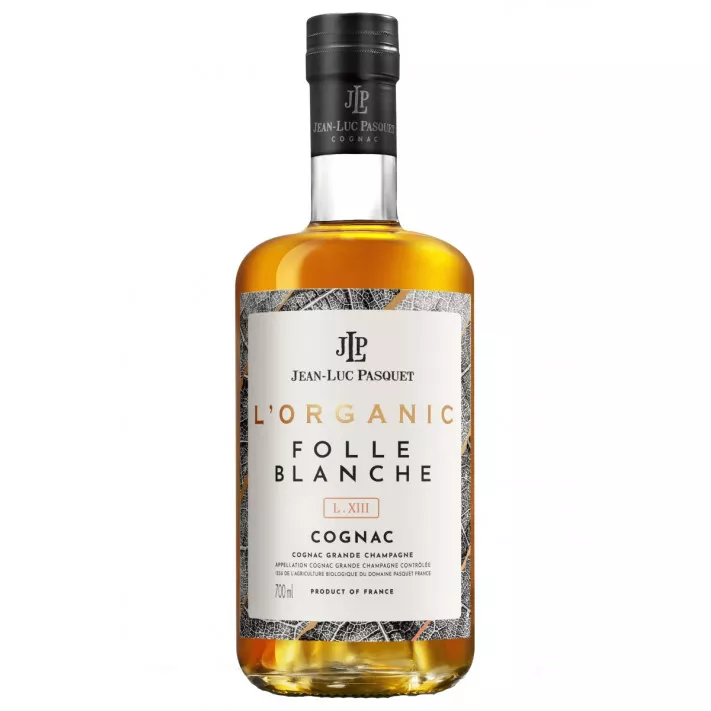
Pasquet L'Organic Folle Blanche L.X.III. Cognac
- Cognac age
- XO
- Growth area
- Grande Champagne
- Bottle size
- 700ml
- ABV
- 49.6%
- Grape Varieties
- Folle Blanche
- Organic
- Organically produced
Nose: Highly aromatic, showcasing an ensemble of generous floral and fruity notes. A delicate blend of spring blossoms paired with ripe orchard fruits.
Palate: The rich palate dances with complexity, offering a harmonious balance between floral elegance and fruity vivacity. The high ABV is skillfully offset by the depth of flavors, revealing layers of texture.
Finish: Prolonged and satisfying, leaving a lingering essence of the fine blend, resonating with the unique characteristics of the Folle Blanche grape.
Read more about Pasquet L'Organic Folle Blanche L.X.III. Cognac
L'Encantada Domaine Cutxan 1997 Armagnac
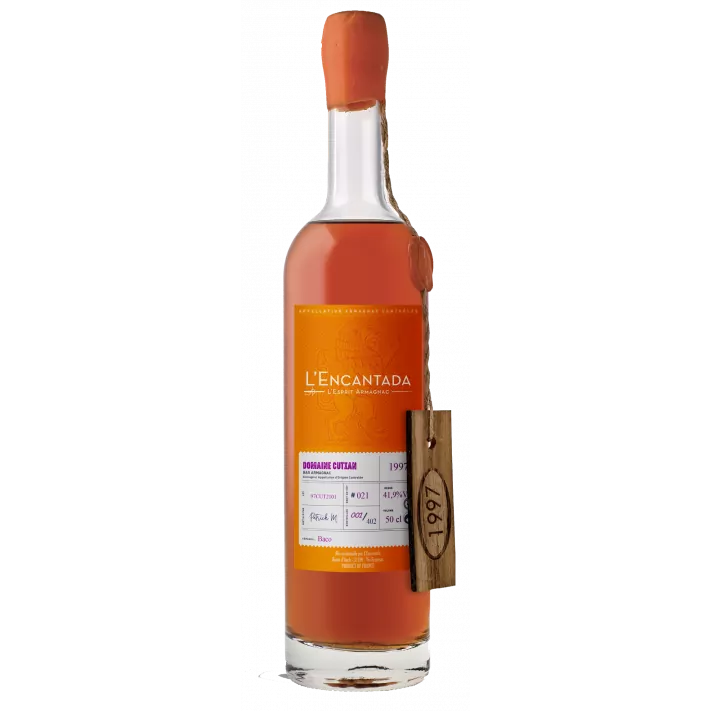
L'Encantada Domaine Cutxan 1997 Armagnac
- Growth area
- Bas Armagnac
- Bottle size
- 500ml
- ABV
- 41.9%
- Grape Varieties
- Baco
Nose: Very rich aromas, we sense that this estate has much to reveal. The first nose elegantly reveals a wide range of aromas: plums, dried flowers, exotic fruits and caramelized pineapple. A hint of spice with saffron, turmeric and liquorice.
Palate: A lovely sensation of volume on the palate. This particular texture gives way to flavors of vanilla, ripe fruit and a hint of acacia honey.
Finish: The finish is spicy with curry and saffron. This Domaine Cutxan is charming and evolves with every sip. We think this Armagnac changes the meaning of the word "brut de fût"...with its smoothness and persistence on the palate!
Read more about L'Encantada Domaine Cutxan 1997 Armagnac


